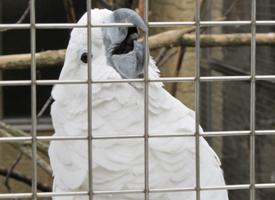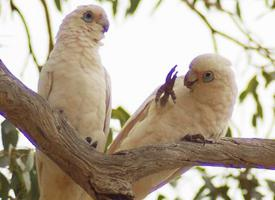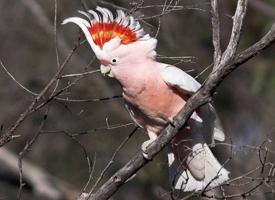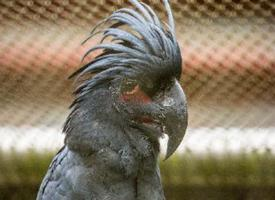
Známé také jako
- Kakadu palmový
Váhy a míry
| Délka | od 55 do 60 cm |
|---|---|
| Hmotnost | 850 g |
Biologická data
| Délka života | 50 r |
|---|
Popis zvířete
The Palm cockatoo, scientifically known as Probosciger aterrimus, stands as one of the most remarkable and distinctive members of the cockatoo family. Native to the rainforests and woodlands of northern Australia, New Guinea, and the Indonesian islands of Aru and Misool, this species is renowned for its striking appearance and complex behaviors.One of the most striking features of the Palm cockatoo is its size. It is one of the largest cockatoo species, with adults reaching lengths of up to 60 centimeters (24 inches) from head to tail. This size, coupled with a robust build, makes the Palm cockatoo an imposing sight. The bird's plumage is primarily a smoky or jet black, creating a stark contrast with its surroundings in the lush greenery of its habitat. Adding to its distinctive appearance is a large, prominent crest that can be raised or lowered depending on the bird's mood, making it a highly expressive creature.
The beak of the Palm cockatoo is another notable feature. It is large, powerful, and shaped in a way that is perfectly adapted to cracking open hard nuts and seeds, which form a significant part of its diet. The beak is a striking feature not just for its size and strength but also for its color - a deep, charcoal grey that complements the bird's overall coloration. The cheeks of the Palm cockatoo are adorned with patches of bare, bright red skin, which stand out against its dark feathers and add a touch of vivid color to its appearance.
One of the most fascinating aspects of the Palm cockatoo's behavior is its use of tools. It is one of the few bird species known to use tools in the wild, specifically crafting sticks and seed pods to use as drumsticks. These are used to beat against hollow tree trunks in a rhythmic fashion, a behavior thought to be a form of communication or territorial display. This remarkable behavior showcases the bird's intelligence and adaptability.
The vocalizations of the Palm cockatoo are as complex and varied as its behaviors. It is capable of producing a wide range of sounds, from deep, resonant calls to softer, more melodic notes. These vocalizations play a crucial role in communication among Palm cockatoos, whether for signaling distress, maintaining contact with flock members, or attracting a mate.
Breeding behavior in Palm cockatoos is also noteworthy. They are monogamous birds, forming long-lasting pairs that share a strong bond. Nests are typically built in large tree hollows, and a great deal of effort is put into preparing and maintaining these nests. The female lays a single egg, which both parents then incubate and care for. The chick is altricial, meaning it is born in a very undeveloped state and requires considerable parental care before it can fend for itself.
Conservation status of the Palm cockatoo is a growing concern. Habitat destruction, due to deforestation and land use changes, poses a significant threat to this species. Additionally, they are sometimes captured for the pet trade, further impacting their numbers in the wild. Conservation efforts are underway in various parts of their range to protect these magnificent birds and their habitats.
In summary, the Palm cockatoo (Probosciger aterrimus) is a remarkable bird, distinguished by its size, striking appearance, and complex behaviors. From its powerful beak and expressive crest to its use of tools and intricate social behaviors, the Palm cockatoo is a symbol of the rich biodiversity found in the rainforests and woodlands of the Australasian region. As efforts continue to protect this unique species, the Palm cockatoo remains a fascinating subject of study and admiration for bird enthusiasts and conservationists alike.
Mapa výskytu
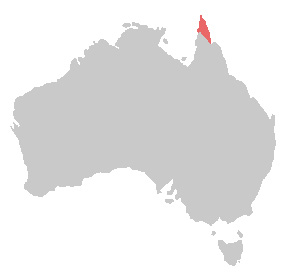
Podobná zvířata
Nové fotografie zvířat
Top 10 zvířat
- Chinese water dragon (Physignathus cocincinus)
- Galápagos tortoise (Geochelone nigra complex)
- Dolphin gull (Leucophaeus scoresbii)
- Japanese macaque (Macaca fuscata)
- Colombian red howler (Alouatta seniculus)
- Sea urchins (Echinoidea)
- Moustached guenon (Cercopithecus cephus)
- Diana monkey (Cercopithecus diana)
- Common reed warbler (Acrocephalus scirpaceus)
- Common house mosquito (Culex pipiens)
